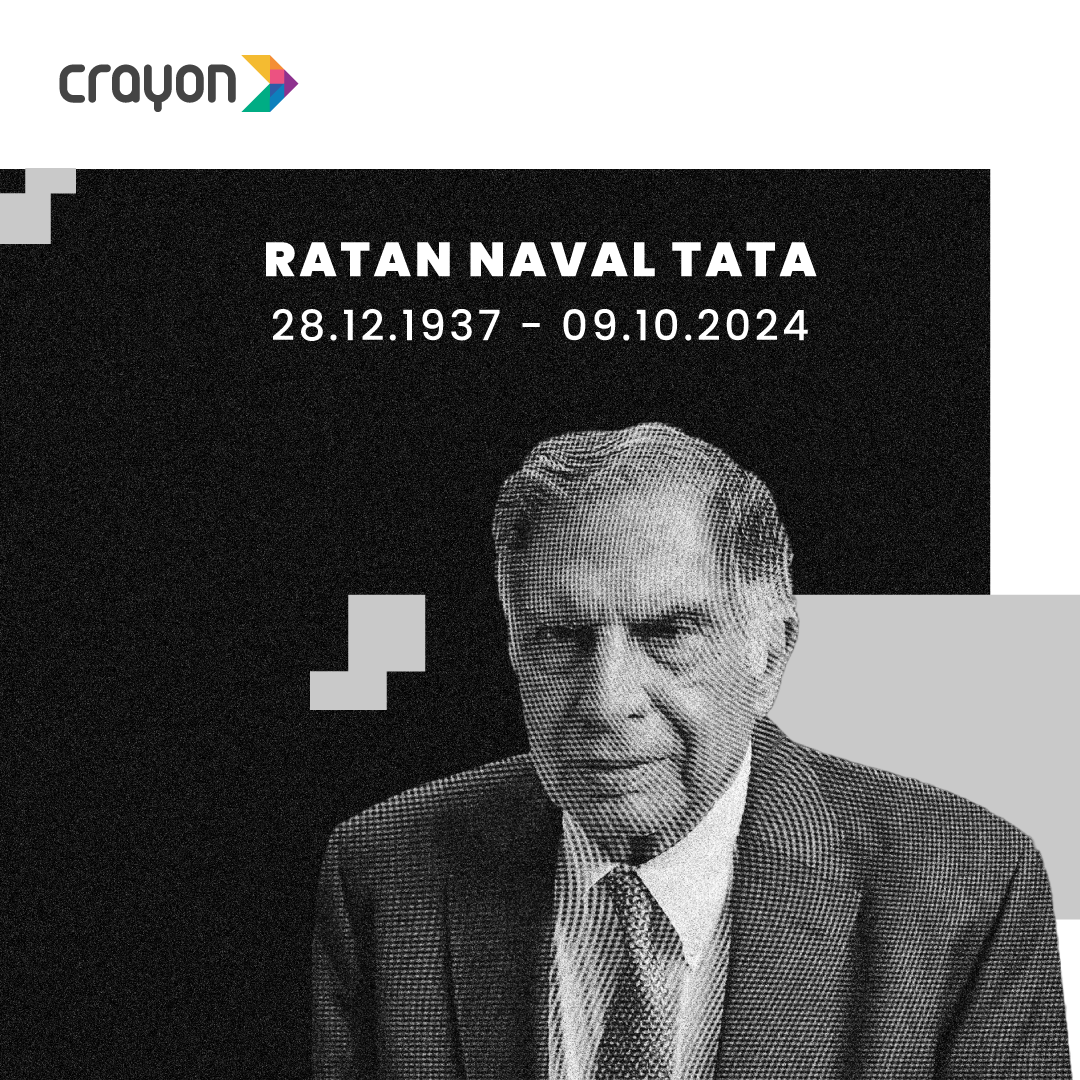High-tech advancements and digital strategies that contribute to an increasingly digital world and digital age are evident in almost every industry imaginable. Companies know to remain competitive, they must look for ways to keep customers happy and impress other stakeholders with their business and technology prowess. The travel sector is rising to the challenge in fascinating ways that bring multiple benefits.
Better Management of Airport Operations Through Mixed Reality
Anyone who has ever been in an airport for more than a few minutes can tell it’s a highly coordinated facility with tight management of airplanes, passenger needs and more. Recently, the Helsinki Airport and SITA, an air transport IT provider, used a device called the Microsoft HoloLens to evaluate ways to improve airport operations.
The HoloLens is the first self-contained tool in the world that lets users interact with digital content and holograms in their environments. For this airport project, the participants used mixed reality, which combines virtual reality and augmented reality, to visualize and view the airport’s operations. They could watch people move through the building, check aircraft positions and more. It was even possible to see how long an individual passenger spent in an airport store.
The emerging technologies provided by the HoloLens is still in its early stages. However, the people involved in the trial said that the visuals were not disorientating. They also liked how the device had a long battery life and did not get too hot during use.
Using Past Data to Recommend Future Travels
When people arrive at their destinations, they often feel unsure of what to do and where to go first. In other cases, they feel ready to go globetrotting but are so overwhelmed that just getting started seems like an insurmountable obstacle.
Solving both of these problems, Tickets Round The World compiled frequent around-the-world trips based on customer data. Their customers can book multi-destination trips and efficiently travel the world, seeing the most destinations for the least amount of money.
Delivering Relevant Information Through Digital Signage
The tourism board of Pendle, a borough in the United Kingdom, installed a 65-inch digital panel that doubles as a brochure rack. The screen above the printed travel materials shows footage of some of the top sights in Pendle, plus helps visitors understand why people from the area are so proud of it.
The tourism authorities placed the piece in a local coffee shop and reported that its presence has delighted the visitors frequenting the retail outlet. Additionally, there is evidence that the digital board has boosted traffic to the official Pendle tourism website.
Airports also use digital signs to help customers get their bearings and take care of necessities that they’d otherwise need human help to accomplish. For example, a video screen can show a person how to get between terminals or locate the nearest restroom. Alternatively, a digital panel could also display details about sales at nearby shops or let people know what to expect when eating at a particular restaurant.
Traveling is overwhelming at times. However, thanks to digital enhancements like these, people are more equipped to enjoy smooth transitions regardless of their destination and how long they’ll be away.
Digital Business Initiatives to Improve Customer Experiences
Many people use digital technology business models to make life easier. It makes sense, then, that some forward-thinking travel brands are exploring ways to enhance people’s overall impressions with tech-driven offerings.
Marriott, in particular, seems ready to embrace digital business processes and business strategy immediately and as part of their long-term plans. It recently opened M Beta at the Charlotte Marriott City Center location. Billed as the only “live beta” hotel in the world, the M Beta facility is an innovation testing ground for a wide variety of customer-centric initiatives.
These offerings include access to more than 1,000 fitness workouts broadcast on screens in an ultra-modern gym, personal greeters and an on-site marketplace filled with local merchandise. Marriott gauges reactions to those perks in real-time through “Beta Buttons” located throughout the building. People simply push them to indicate they like a particular offering in the hotel. Digital screens allow everyone else to keep track of the positive gestures too.
There are also examples of companies not solely involved in the travel industry catering to people who are away from home. One of them is Chubb, an insurance agency that released a revamped version of its Travel Smart app. Geared towards business travelers, the app collects and filters news from thousands of worldwide sources. A 24/7 team of experts reviews the compiled content.
If they verify that travelers are at risk based on what the news headlines indicate, Chubb pushes notifications to those individuals, usually within 15-20 minutes of a potentially dangerous issue arising. It’s then easier for people on the go to decide whether to take emergency action based on the provided information.
The app also gives insights for people to use before they leave home that relate to the quality of healthcare facilities in their destinations, the value of the local currency, a country’s entry requirements and similar topics.
This brief overview gives a glimpse into some of the most exciting recent happenings in the travel sector related to machine learning, artificial intelligence and big data.
Due to digital transformation strategy and other business transformations, travelers, as well as people working in the industry, could notice remarkable and positive changes that forever alter how people manage their trip-related needs driving digital transformation in the travel industry.




